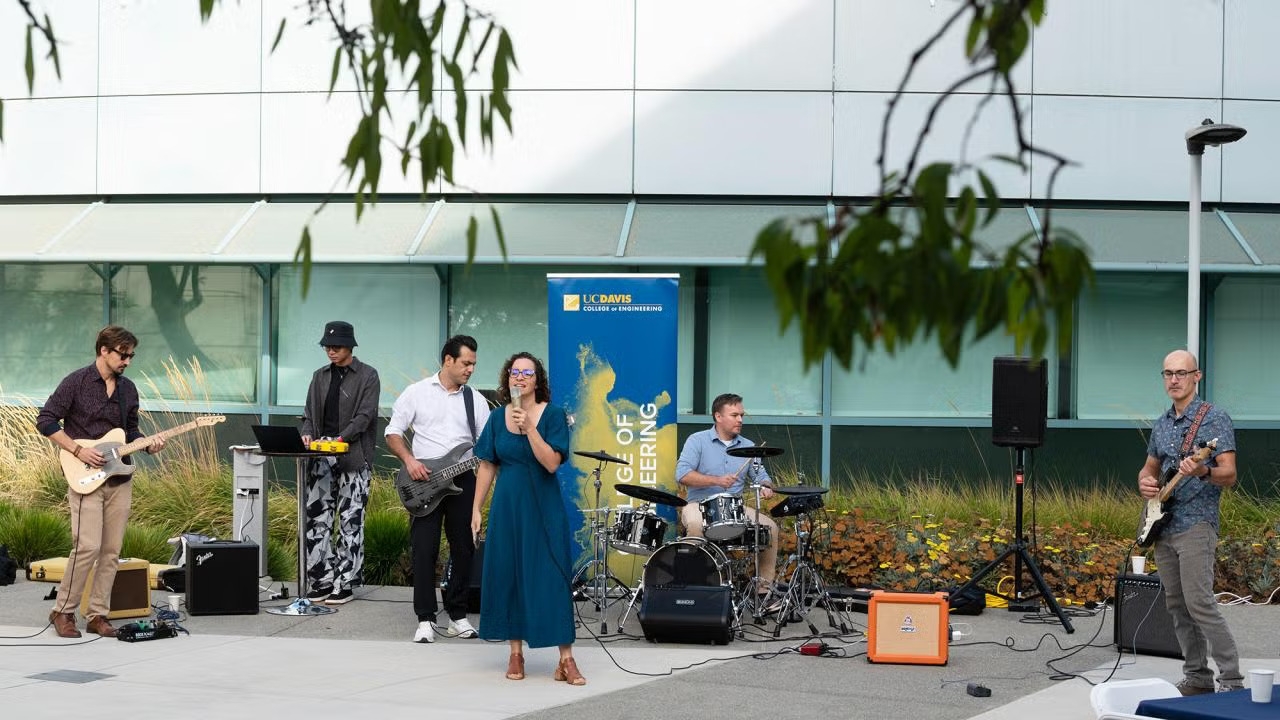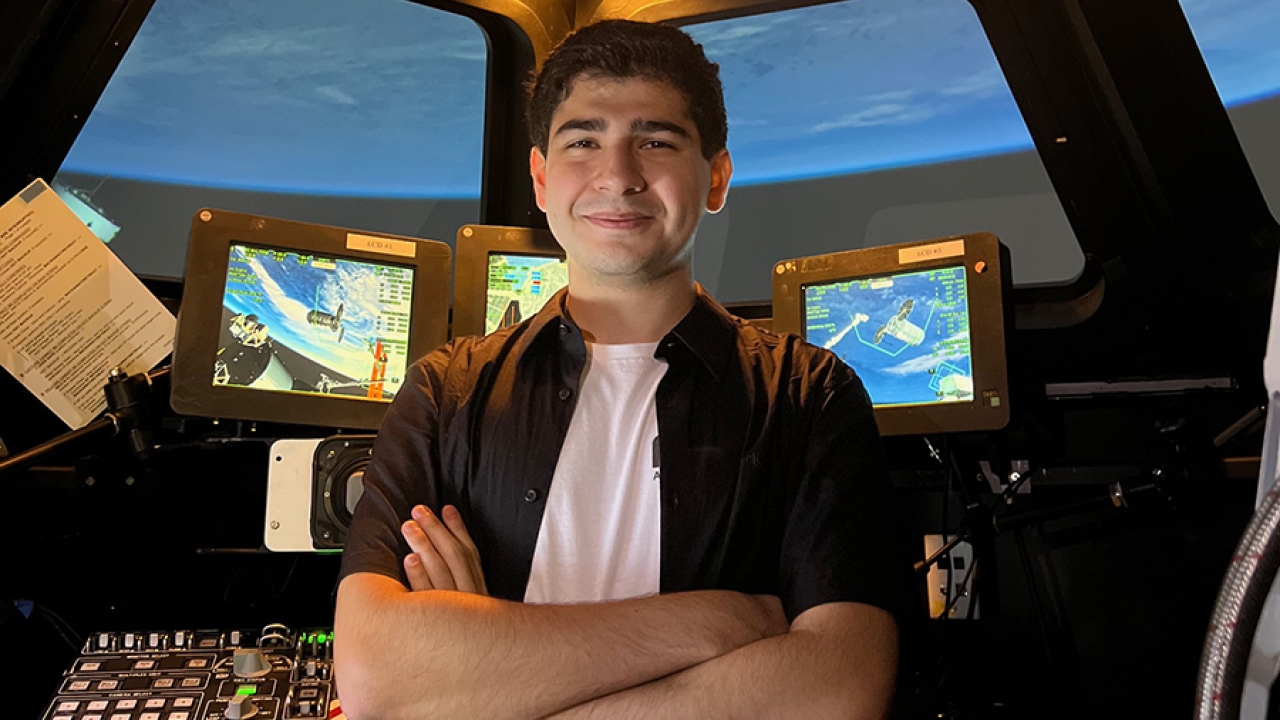UC Davis to Develop Groundbreaking Urban Air Mobility Technology for International Research Center
Seongkyu Lee, a professor in the Department of Mechanical and Aerospace Engineering at the University of California, Davis, has joined a $9 million international research center to develop core technologies to bring urban air mobility, or UAM, from idea to reality.

Led by Seoul National University and with funding from the South Korean government, the Multi-Discipline Integrated UAM Core Technology Development Center has been working since 2021 on a multi-phase seven-year plan to realize seven UAM technologies: vertical landing, long-distance flight, distributed electric propulsion, motor driving/hybrid, autonomous flight, sensors and noise reduction.
The first phase aimed to establish operating standards and requirements for urban areas and develop machine learning techniques to consider these standards and requirements in determining the optimal shape design for an aircraft that requires vertical takeoff and landing, as well as the ability to cruise.
“We are the first group in the world predicting and understanding this mid- and high-frequency tonal and broadband noise. We are breaking ground in this area.” - Lee
During this phase, researchers also began developing autonomous flight technology and computational analysis techniques for aerodynamics, noise, structure and vibration.
Lee joins the project at around the halfway point to provide his expertise in aeroacoustics research. Lee will utilize high-fidelity computational fluid dynamics to predict and investigate the noise sources of UAMs and estimate the volume of noise produced.
“Aeroacoustics is very important to UAM research because the noise issue will determine public acceptance,” Lee said. “We need to understand how loud it is, how to predict the noise and what physical mechanism the noise is coming from.”
Lee will focus on mid- and high-frequency tonal noise — high-pitched sound waves that measure above 2,000 Hertz, like the sound of sirens or birds chirping — and high-frequency broadband noise, a signal or sound that is widely distributed across many frequencies.
Historically, research has focused largely on low-frequency noise. There has been increasing interest in mid- and high-frequency noise due to its role in the development of electric vertical takeoff and landing, or eVTOL, aircraft.

Lee will use state-of-the-art computational fluid dynamics tools, including high-fidelity simulations, high-density grid resolution and a high-order numerical scheme, to conduct this research in a relatively unexplored territory.
“We are the first group in the world predicting and understanding this mid- and high-frequency tonal and broadband noise,” Lee said. “This noise has not been successfully predicted or fully understood by any other group. We are breaking ground in this area.”
Lee says he is excited by the global aspect of this project. It not only opens a door to international collaboration with countries that are invested in getting this technology off the ground, so to speak, but it also exposes Lee to potential funding opportunities.
“With the difficult funding situation in the U.S., I’m very happy that we can continue our research with this grant,” Lee said. “We are opening up a new area in terms of rotary wing and propeller noise, which has been overlooked. This grant is initiating new scientific development and giving us great momentum.”





